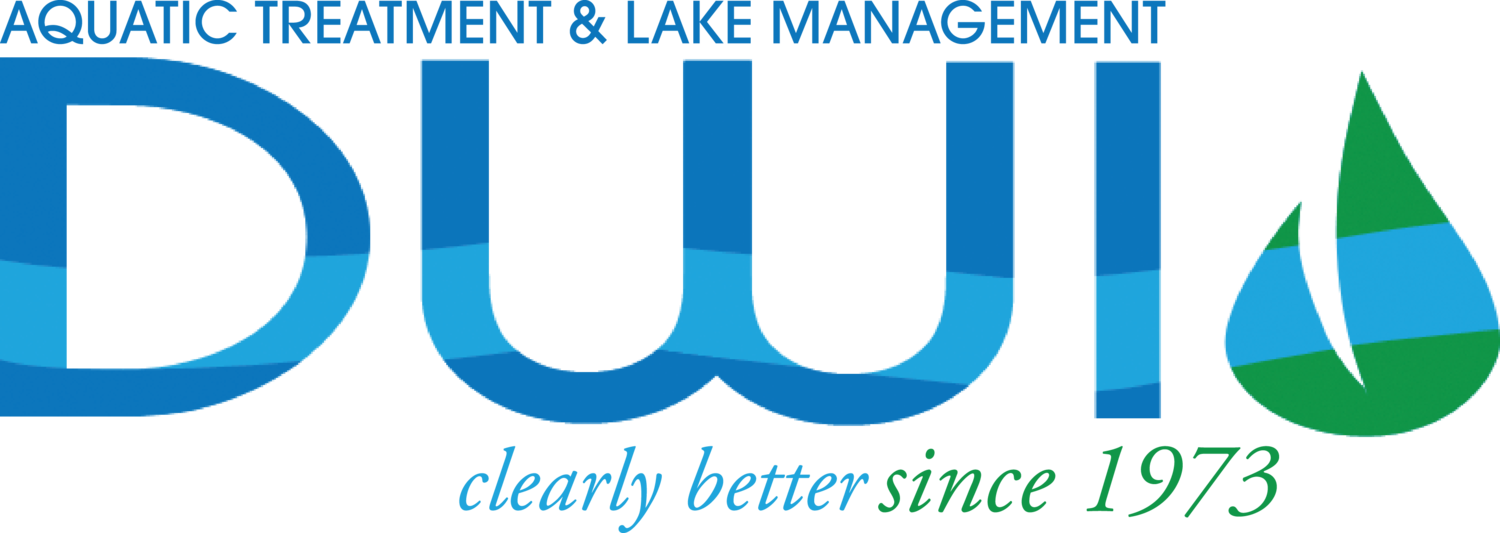By Patrick Simmsgeiger, Founder of DWI
“Pure water” brings to mind images of spring-fed lakes, high in the mountains, far from the perils of contamination…In truth there is no such thing as pure water. Mountain lakes have weeds and contaminants just like those in cities. You won’t find pure water on earth, except in a laboratory and what works in the lab doesn’t always work in the field.
To judge a lake’s cleanliness, we should compare different chemicals, bacteria, minerals, and suspend matter in the water. Some can be harmful, whereas others can be helpful. Instead, we use subjective opinions based on appearance, odor and taste. Water can be taken to a laboratory and to determine its content but that is rarely done.
The naked eye detects obvious problems, such as weeds, odors, and cloudiness. These problems are not entirely preventable. Weather conditions tip the scales in favor of algae in shallow lakes, runoff from surrounding landscapes enters lakes and it’s impossible to keep birds and fish out of lakes. Consequently, even the best superintendent can run into lake problems.
Dredging, filtration, circulation, and treatment can all work together to provide the greatest protection against outbreaks of weeds. However, not all of them are practical for lake owners. Doing nothing, on the other hand, is a prescription for serious lake quality problems. You can try to beat the odds or carry out a practical and affordable lake maintenance program.
Chemical weed control is more practical and cost effective than mechanical. Dredging, weed removal, filtration and circulation involve equipment and power. Chemical treatments can be handled by a properly trained, certified applicator. Chemicals used in aquatic weedcontrol have to be approved by federal and state EPA but, used regularly and properly, algae control products are not harmful to beneficial bacteria, wildlife or fish.
Algae is selectively sensitive to mild concentrations of copper in water. The effectiveness of algaecides depends upon the ability of the copper to reach and stay in the vicinity of the algae. Chelated copper algaecides are notably more effective. Once the algae has been killed, there must be adequate oxygen in the water to permit rapid decomposition.
Algae needs light to grow and reproduce. The solution to this problem is use a dye. Dyes can be mixed with the lake water to shade out sunlight and to rob the algae of their ability to grow and reproduce. In short, chemicals used with enzymes and bacteria are a useful and economical way to restore your lake’s balance.



